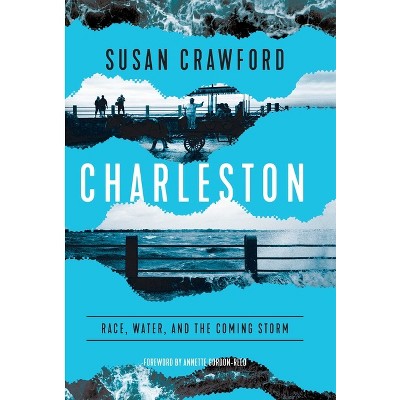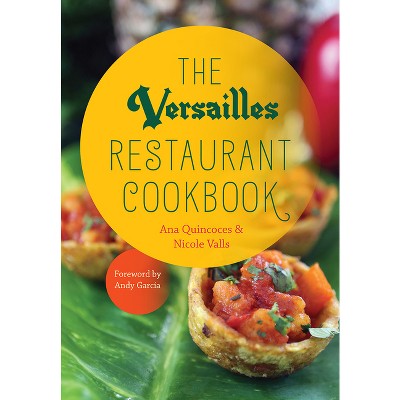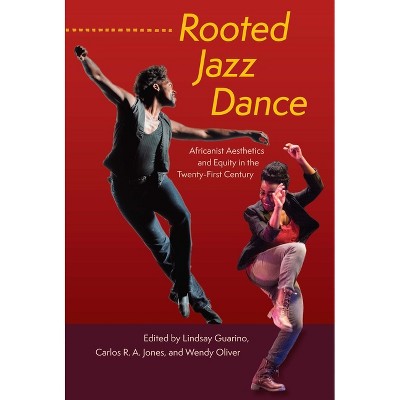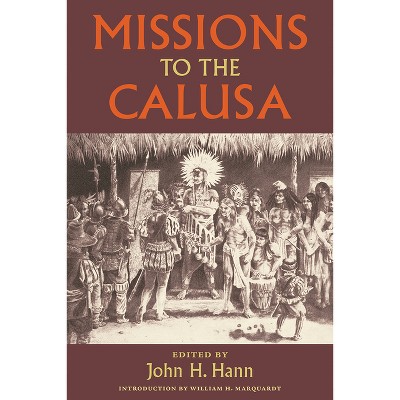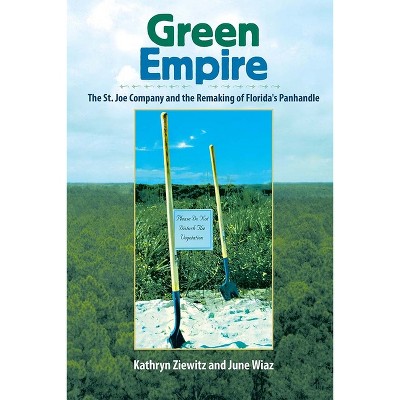Charleston - by Martha A Zierden & Elizabeth J Reitz (Paperback)

About this item
Highlights
- Society for Historical Archaeology James Deetz Book AwardChoice Outstanding Academic TitleThe archaeology and history of one of the most storied cities of the American South.
- About the Author: Martha A. Zierden is curator emeritus of historical archaeology at The Charleston Museum and has been involved in every major excavation in Charleston since 1980.
- 386 Pages
- History, United States
Description
About the Book
This book weaves archaeology and history to illuminate this vibrant,densely packed Atlantic port city. It details the residential,
commercial, and public life of the city, the ruins of taverns, markets,
and townhouses, including those of Thomas Heyward, shipping merchant
Nathaniel Russell, and William Aiken.
Book Synopsis
Society for Historical Archaeology James Deetz Book Award
Choice Outstanding Academic Title
The archaeology and history of one of the most storied cities of the American South.
Charleston,
South Carolina, is one of the most storied cities of the American
South. Widely recognized for its historic buildings, its thriving
maritime culture, and its role in the Civil War, Charleston is also
considered the birthplace of historic preservation. Martha Zierden and
Elizabeth Reitz--whose archaeological fieldwork in the city spans more
than three decades--explore the evolution of the urban environment, the
intricacies of provisioning such a robust city, and the urban foodways
that continue to inspire Charleston's culture.
In Charleston,
Zierden and Reitz weave archaeology and history to illuminate this
vibrant, densely packed Atlantic port city. They detail the residential,
commercial, and public life of the city, the ruins of taverns, markets,
and townhouses, including those of Thomas Heyward, shipping merchant
Nathaniel Russell, and William Aiken. The authors shed light on the
dynamics of production, distribution, and consumption of goods and
services that linked the city with rural neighbors and global markets.
They also trace fish and game from the woods and waters to the kitchens
where the food was prepared and the tables where it was served. Zierden
and Reitz reveal how global trade goods combined with indigenous flavors
to create a cuisine that was uniquely Charleston.
The
artifacts unearthed show how Charleston continued to grow and develop
as it contended with public health initiatives necessitated by
post-Civil War changes, the fire of 1861, and the earthquake of 1886.
They also testify to the city's arts and finery and to the challenges
experienced by laboring slaves, house servants, and other
underprivileged citizens. By reminding us that urban areas shape and are
shaped by their inhabitants, Charleston evokes the essence of the deeply complex city whose influence was felt throughout the Atlantic World.
Review Quotes
"A model for 21st-century urban historical archaeology. . . . Highly recommended."--Choice
"The
authors succeed admirably in marshaling an immense body of research,
conducted by themselves and many others over the course of decades, into
an accessible and fascinating book."--Journal of Southern History
a great perspective of the evolution of the urban landscape over two centuries,
foodways and associated material culture by era, woven with interesting and
appropriate historical data. . . . A testament to the value that archaeology can bring
to light for urban history and historic preservation efforts."--Southeastern
Archaeology "Exemplary
of the intricately woven, nuanced analyses that long-term research brings to
the study of archaeological sites. . . . A must-read for all who are interested
in food history, urbanization, colonial America, and the southern United States."--South
Carolina Historical Magazine "A
very good summary of historical archaeology in the city up to A.D. 1900. . . .
Most fascinating is how the book documents how collaboration among professional
archaeologists, the Charleston Museum, the city, nonprofits, and private
owners, created a long-term, successful urban archaeology and historic
preservation program that has been a major factor in Charleston's renaissance
in the late twentieth century."--Anthropology Book Forum
About the Author
Martha A. Zierden is curator emeritus of historical archaeologyat The Charleston Museum and has been involved in every major excavation
in Charleston since 1980. Elizabeth J. Reitz, professor of anthropology at the University of Georgia, is coauthor of Zooarchaeology, second edition.




